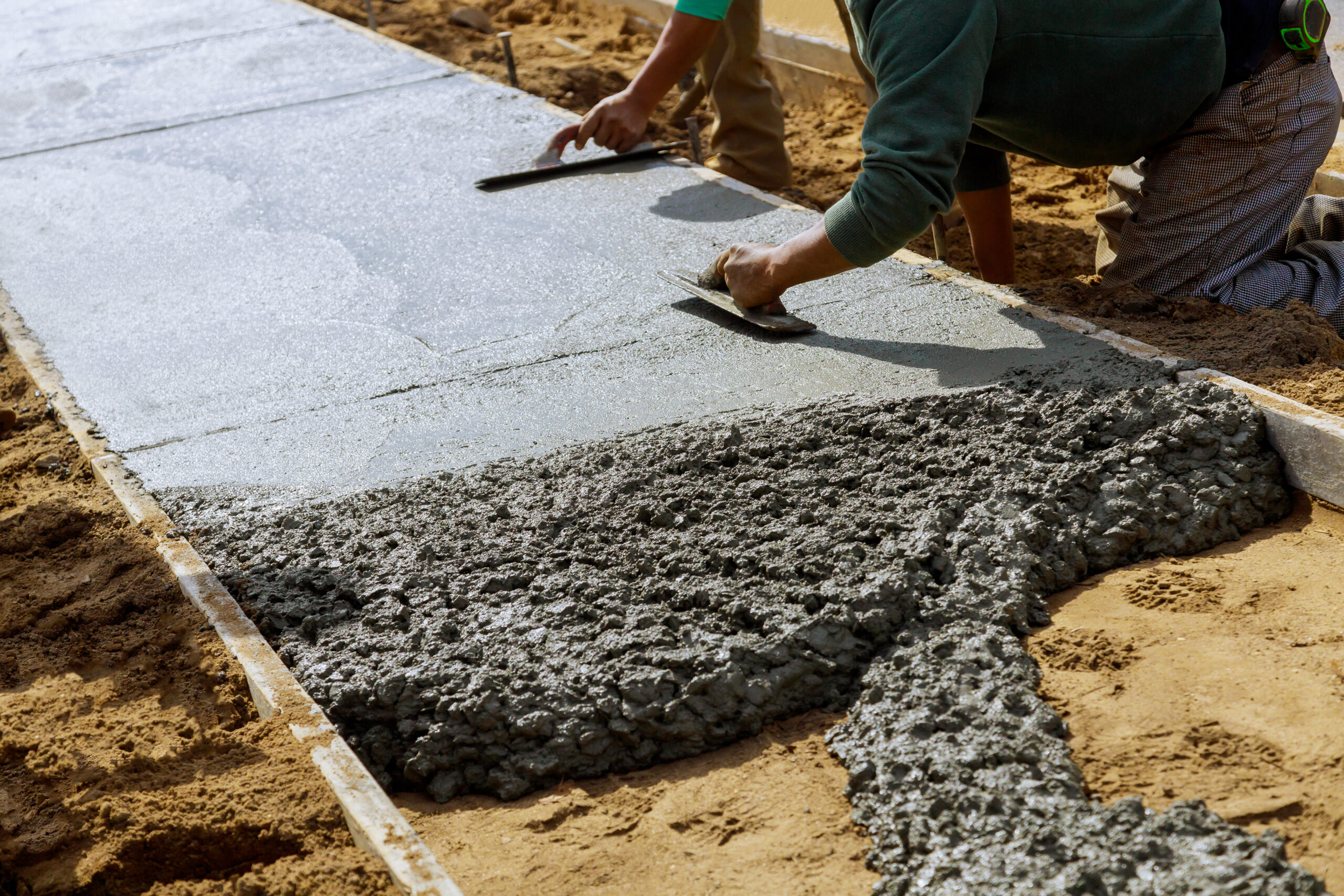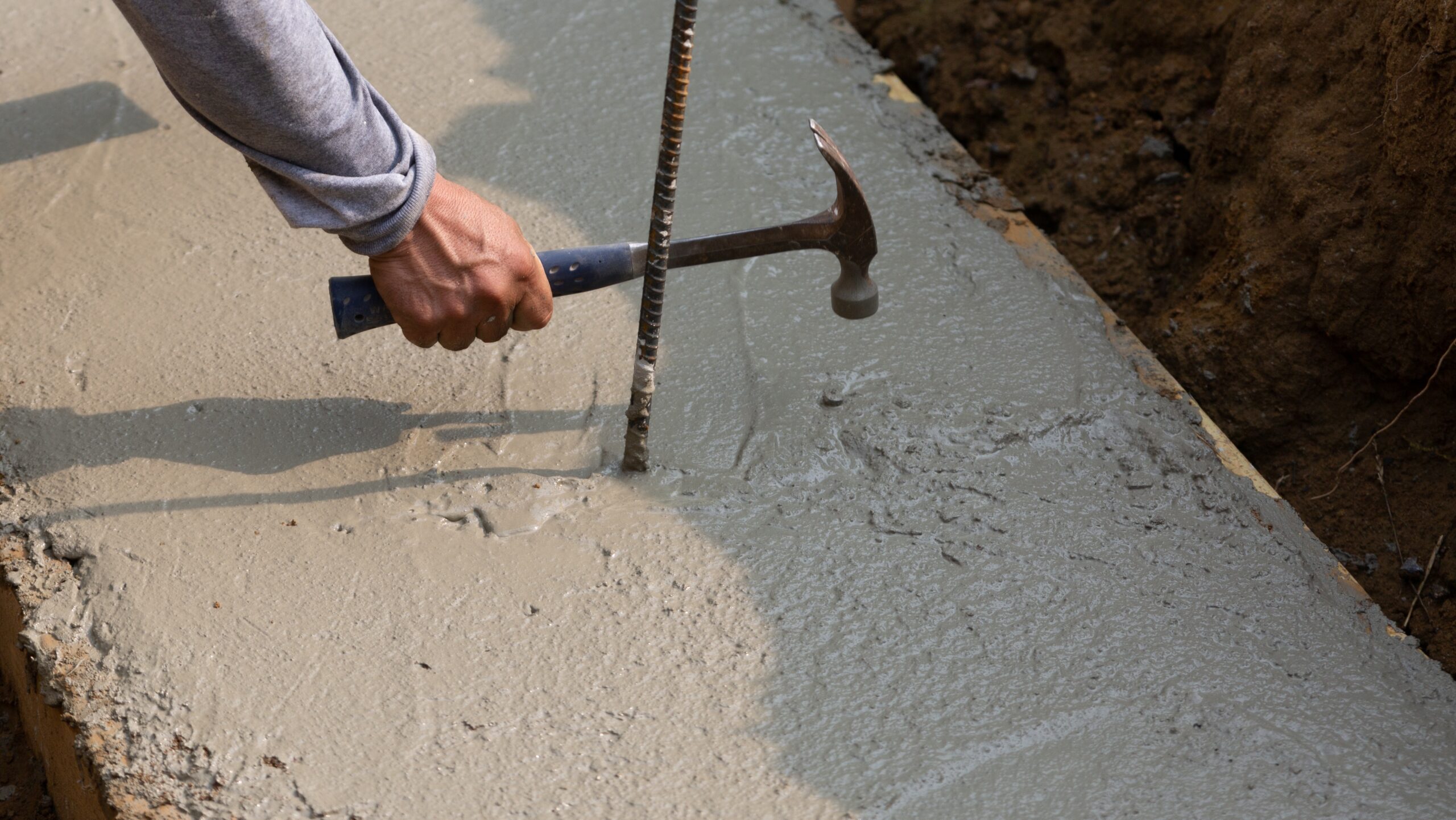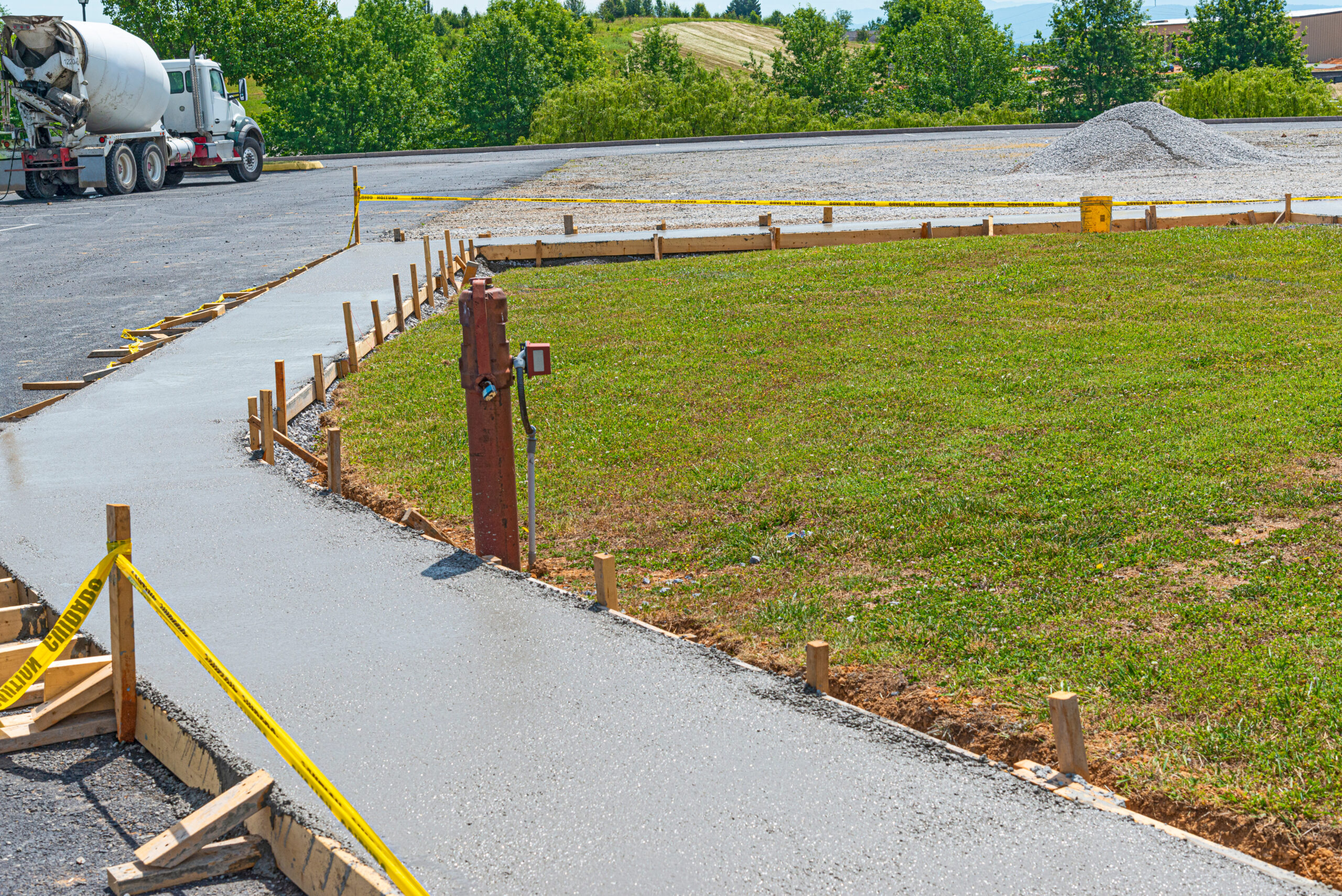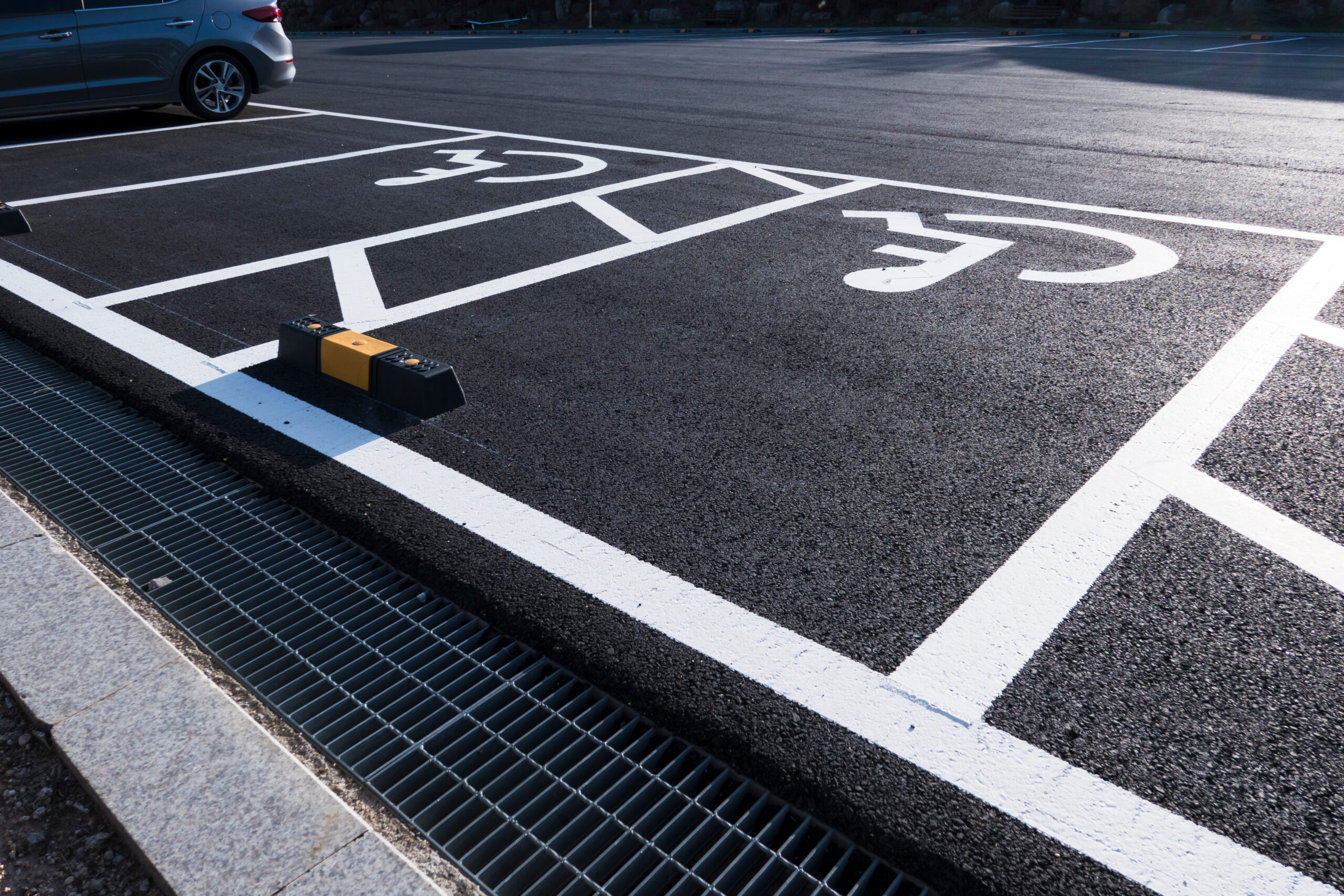Replacing a sidewalk is not just a matter of pouring concrete and smoothing it over. In nearly every U.S. city, sidewalks are considered part of the public right-of-way, which means property owners must comply with local laws and permitting requirements before starting construction. These rules exist to maintain uniformity, ensure public safety, and guarantee accessibility for everyone, including people with disabilities. Failing to obtain the right approvals can lead to fines, delays, or even demolition orders. In this blog, we will explore the permits and local codes involved in sidewalk replacement, highlight why they are important, and explain how to navigate the process successfully.
The Role of Regulations in Sidewalk Management
Sidewalks serve as more than simple walkways; they are essential public infrastructure that connects neighborhoods and supports safe pedestrian movement. Because they fall under public right-of-way laws, local governments enforce strict oversight.

Key reasons sidewalks are regulated include:
- Public ownership: Even though property owners maintain the sidewalk in front of their homes, the land is legally part of the public right-of-way.
- Uniform standards: Municipalities enforce uniform standards for width, slope, and materials to ensure accessibility and durability.
- Safety concerns: Broken or uneven sidewalks increase the risk of accidents and liability for both property owners and cities.
For example, the U.S. Department of Transportation emphasizes that right-of-way regulations protect public access and safety. For property owners, this means that well-maintained sidewalks improve safety not just for pedestrians but also for legal compliance.
Key Permit Requirements for Sidewalk Projects
Before breaking ground, homeowners and contractors must apply for specific permits. These vary by jurisdiction but often include:
- Right-of-way permits: Required for any work performed in a public right-of-way, including sidewalk removal and replacement.
- Encroachment permits: Needed if the sidewalk work affects adjacent property lines, driveways, or curbs.
- Inspection permits: Issued for post-construction inspections to verify code compliance.
According to the Chicago Department of Transportation’s regulations for public way work, failure to secure required permits before modifying sidewalks can result not only in removal of the non-compliant structure but also in daily fines ranging from $500 to $2,500, plus restoration costs.
Authorities Overseeing Sidewalk Construction Compliance
Several local and regional agencies oversee the sidewalk permitting process. These authorities ensure the project aligns with safety, accessibility, and environmental requirements.
- Public Works Departments: Review construction plans and issue permits.
- Transportation Authorities: Ensure pedestrian pathways remain accessible during and after construction.
- Local Building Inspection Offices: Conduct on-site inspections to enforce compliance with building codes.
Each authority has unique requirements, and projects often require approvals from multiple departments. For instance, the California Department of Transportation outlines collaboration between local planning offices and state transportation agencies in reviewing right-of-way permits.
Building Codes Governing Sidewalk Projects
Sidewalk construction must align with local building codes, which cover design, safety, and material specifications. The main aspects include:
- Width and slope requirements: Sidewalks must meet accessibility standards, often requiring a minimum width of 4 feet and slope gradients no steeper than 2%.
- Material standards: Municipalities specify durable materials like reinforced concrete, with clear requirements for depth and finish.
- Drainage considerations: Sidewalks must be designed to prevent water pooling and channel runoff into approved storm drains.
The American Concrete Institute (ACI) offers rigorous, consensus-based standards such as ACI 117-10, which provides essential guidance on tolerances for concrete construction and materials, standards that many municipalities adopt into their building codes to ensure durability and accessibility.
Environmental Protection and Public Safety Compliance
Sidewalk replacement also intersects with environmental and workplace safety regulations. Ignoring these can cause significant legal and financial setbacks.
- Tree and landscape protection: Local ordinances often regulate how contractors handle tree roots near sidewalks.
- Stormwater management: Construction debris and runoff must follow Environmental Protection Agency (EPA) guidelines.
- Worker and pedestrian safety: Contractors must comply with Occupational Safety and Health Administration (OSHA) requirements to ensure safe work zones.
In cities like Seattle, environmental checklists specifically include controls to protect sidewalks during winter conditions and ice removal.
Accessibility and ADA Compliance in Detail
The Americans with Disabilities Act (ADA) requires all public walkways to be accessible. Failure to comply not only results in fines but can also make sidewalks unsafe for individuals with disabilities.
ADA-related requirements include:
- Curb ramps: Must be installed at intersections to provide wheelchair access.
- Tactile paving: Detectable warning surfaces are mandatory at crossings to aid visually impaired pedestrians.
Minimum slope standards: Walkways cannot exceed cross-slopes of 2% to ensure accessibility.
According to the ADA Standards for Accessible Design (ADA.gov), municipalities are legally bound to enforce these measures. Contractors who ignore ADA compliance risk lawsuits and mandatory reconstruction.
Steps to Obtain Permits Successfully
The permitting process involves several steps that must be followed carefully. Missing any stage may cause delays or rejection.
- Submit an application: Most cities provide online or in-person submission portals.
- Engineering review: Plans are evaluated for code compliance, accessibility, and safety.
- Fee payment: Fees vary depending on project scope and city requirements.
- Approval and inspections: Once approved, inspectors monitor work and certify compliance.
Cities like Portland even publish detailed permitting guides that emphasize the need for complete engineering drawings, much like inspection logs recommended in common sidewalk cracks and how to fix them.
Typical Timeline and Costs for Sidewalk Permits
Homeowners often underestimate the time and cost of obtaining permits. Timelines vary by jurisdiction, but typical factors include:
- Processing times: Most permits take 2 to 6 weeks for approval.
- Permit fees: Range from $50 to $500 depending on project size and location.
- Inspection costs: Some municipalities charge additional fees for post-construction inspections.
Municipal finance reports, such as those from the National League of Cities, show that permit fees are designed to cover administrative and inspection costs. Factoring these into your project budget avoids costly surprises.
Non-Compliance in Sidewalk Projects: From Financial Losses to Legal Actions
Non-compliance with permitting or code requirements can result in serious consequences. Cities take violations seriously to protect public infrastructure.

Penalties may include:
- Fines: Ranging from hundreds to thousands of dollars.
- Stop-work orders: Halting construction until permits are obtained.
- Demolition orders: Forcing property owners to remove non-compliant sidewalks.
- Liability issues: Property owners may be held responsible for pedestrian injuries.
According to the U.S. Government Accountability Office, failure to comply with infrastructure regulations often results in costly corrective measures that exceed original project costs.
Case Example: How Cities Enforce Sidewalk Codes
Cities across the U.S. strictly enforce sidewalk codes through inspections and penalties. For instance, New York City holds property owners accountable for defective sidewalks. The NYC Department of Transportation requires owners to repair sidewalks adjacent to their properties and imposes fines for non-compliance.
This approach ensures public safety while shifting responsibility to property owners. The case highlights why obtaining permits and following local codes is not optional—it is a legal obligation backed by active enforcement.
Best Practices for Smooth Approval
Securing permits and complying with codes is manageable with the right approach. Contractors and property owners can reduce delays and risks by following best practices:
- Consult early: Contact planning or public works departments before starting.
- Hire licensed contractors: Experienced professionals are familiar with local permitting rules.
- Submit detailed plans: Complete engineering drawings speed up the review process.
- Schedule inspections proactively: Booking inspections early avoids project delays.
These practices align with recommendations from municipal planning agencies such as the American Planning Association (planning.org). Following them not only ensures compliance but also helps projects stay on budget and on schedule.
Final Considerations for Compliant Sidewalk Replacement
Replacing a sidewalk involves much more than simple construction. Because sidewalks are part of the public right-of-way, local codes and permits govern every stage of the process. From ADA compliance and environmental safeguards to municipal inspections and permit fees, every detail must align with legal standards. While the process may seem complex, it ensures public safety, accessibility, and infrastructure durability.

By following the correct procedures and consulting local authorities, property owners and contractors can complete sidewalk replacements without legal or financial setbacks. Compliance may take time, but it ultimately prevents costly penalties and guarantees long-term success.
For professional guidance and permit assistance, visit Asphalt Coatings Company today to connect with our experts and ensure your sidewalk replacement project meets all local requirements efficiently.
Frequently Asked Questions
What Permits Do I Need to Replace a Sidewalk?
You typically need a Sidewalk Repair or Sidewalk Services Permit, plus possibly street use or excavation permits.
Who Is Responsible for Obtaining the Permit?
Usually, the property owner or contractor must apply for and secure the permit before starting work.
Are There Accessibility Requirements?
Yes, sidewalks must meet ADA standards, including ramps and curb cuts where applicable.
What Happens If I Don’t Get the Proper Permits?
You may face fines, work stoppages, or be required to remove non-compliant sidewalks.
How Do I Apply for a Permit?
Most cities offer online applications; you’ll need plans, fees, and sometimes photos or inspections for approval.



